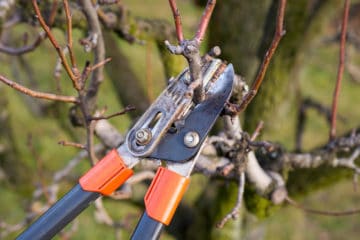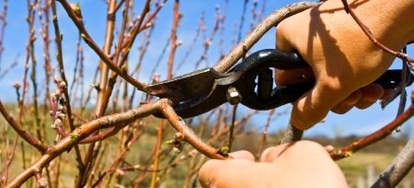

Well, until we found out about the sex lives of pears, but we’ll get to that in a minute. Jim knew right off the bat that he wanted the orchard to demonstrate pears, peaches, plums, persimmons, pomegranates, and “phigs.” Grapes, blackberries, and asparagus rounded out the list.Īpples, too. It comes with a complimentary bottle of Extra Strength Tylenol. The File is a brown manila folder about 1½ inches thick filled with downloads, printed emails, notes from extension agents, a parts list for a grape trellis, and receipts. (We tried to have an orchard at the garden on Joe Field Road, but for various reasons, it didn’t come to pass.) No longer.įor the last six weeks, my tired brain has been filled with the minutiae of helping Jim pick out trees and berries for an orchard at the Raincatcher’s Garden of Midway Hills. A few minutes of attention in late winter will yield an abundant crop of healthy fruit.Jim and I share many things, a love of dessert, finding just the right pencil for his beloved Martha’s crosswords, and The File. Hard pruning can trigger excessive growth that becomes difficult to manage. It is best to give the tree a light pruning every year instead of a hard pruning after having missed a few years. Peaches are different and fruit only on last season’s wood. Older ones without a plump bud can be removed. Look out for these to anticipate how much fruit to expect. These are fruit spurs with flower buds that, when pollinated, will swell into fruit. Most fruit trees including apple, pear, plum, and cherry produce short stubby branches with a swollen bud. Next year some of the extra lateral branches can be removed. The buds below will produce lateral branches, creating a fuller tree. This last bud will grow into an outward growing shoot.

This will create a tree with branches gently radiating up and away from the centre.įinally look at last year’s growth on the ends of the branches and head back by about 1/3 to an outward facing bud.

Keep the height down by removing vertical branches at their origin or cutting back to a lateral shoot or to an outward facing bud. Then remove crossing branches and those growing towards the centre. Cut back to a healthy bud or lateral branch. Check for live wood by scratching the bark to see if it is green and moist under the bark. The first step is to remove the “3 D’s”-dead, diseased, and damaged wood.


 0 kommentar(er)
0 kommentar(er)
